Text

The camera housing is back, and all seems to be solved.
Big thanks to UnderwaterCameraStore!
I have also been able to use the new Panasonic Lumix G 8mm Fish Eye lens.
I need a bit of practice, but the groupers are great posers.
Are you coming to also photograph this great fish here in Lanzarote?
9 notes
·
View notes
Text

Did you know we have Sea Spiders underwater? 🕷
They are not true spiders, not even arachnids.
But their traditional classification as chelicerates would place them closer to true spiders than to other well-known arthropod groups.
There are over 1.300 known species.
They have leg spans ranging from 1 mm to over 70 cm.
#eurodiversworldwide#eurodiverslanzarote#scuba#diving#sea#ocean#fish#underwater#spain#lanzarote#spider#seaspider
18 notes
·
View notes
Text

Can you guess from which critter this is? 🦖
15 notes
·
View notes
Text

While doing a night dive.
I think one of the worst visibilities I had here at Lanzarote.
When standing in the water I couldn't see my fins.
Maybe 1,5 up to max 3 meters of visibility.
Crazy to have bumped into a Green Sea Turtle (Chelonia mydas) with this visibility. 🐢
I was not prepared for this with my 60mm lens looking for macro life.
#eurodiversworldwide#eurodiverslanzarote#scuba#diving#sea#ocean#fish#underwater#spain#lanzarote#turtle#seaturtle#greenseaturtle
6 notes
·
View notes
Text
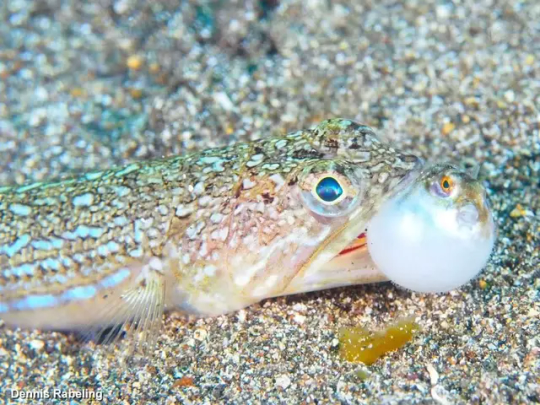


We worry about a lot of things.
In the ocean things are sometimes a bit more easy.
Eat or get eaten....
#eurodiversworldwide#eurodiverslanzarote#scuba#diving#sea#ocean#fish#underwater#spain#lanzarote#food#eat
16 notes
·
View notes
Text
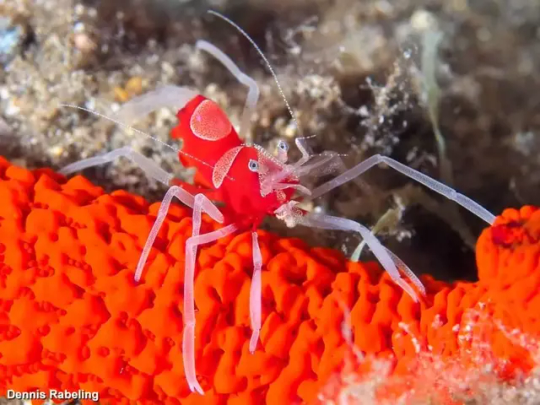
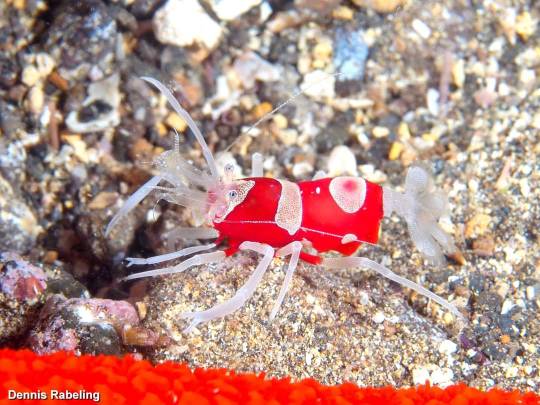

Better than this it probably won't get.
Here at Lanzarote doing a night dive with Arturo Telle Thiemann.
I have wanted to see this species for a long time.
A species that was discovered by Arturo Telle in 2000 and named after him is the Gnathophylleptum tellei.
The shrimp is very shy and rare.
It goes out to eat starfish and then hides for a long period until the next meal.
#eurodiversworldwide#eurodiverslanzarote#scuba#diving#sea#ocean#fish#underwater#spain#lanzarote#shrimp#gamba
20 notes
·
View notes
Text

The Sargassum Shrimp (Latreutes fucorum) is a cryptic species that you can find in seagrass, algae, floating objects, etc. 🦐
They can change their color to their environment, which can make it hard to find them. They can grow up to around 3cm in length.
#eurodiverslanzarote#eurodiversworldwide#scuba#diving#sea#ocean#fish#underwater#spain#lanzarote#shrimp#sargassum
13 notes
·
View notes
Text
At Lanzarote it is common to find rays and sharks while scuba diving. One of the easy rays to find is called the Common Stingray (Dasyatis pastinaca).
There are two species that look very similar.
The other is called the Tortunese Stingray (Dasyatis tortonesei).

#eurodiversworldwide#eurodiverslanzarote#scuba#diving#sea#ocean#fish#underwater#spain#lanzarote#stingray#ray
8 notes
·
View notes
Text
For me, Eagle Rays are one of the most elegant rays in the ocean. I think for me it is the way they swim.
In the Canary Islands we have what you can see in the photo, the Common Eagle Ray (Myliobatis aquila) and the Bull Ray or Duckbill Eagle Ray (Aetomylaeus bovinus). 🦅

#eurodiversworldwide#eurodiverslanzarote#scuba#diving#sea#ocean#fish#underwater#spain#lanzarote#canaryislands#eagleray#ray
15 notes
·
View notes
Text
This tiny nudibranch (Stiliger llerae) we can find in shallow waters. It feeds and reproduces on the seaweed species Codium afhaerens. 🐌 It is a species at the moment only found on the Canary Islands and Savage Islands.

#eurodiversworldwide#eurodiverslanzarote#scuba#diving#sea#ocean#fish#underwater#spain#lanzarote#canaryislands#nudibranch
46 notes
·
View notes
Text
Nudibranchs, what to say. 🐌 I think it is by far one of my favorite critters to search for underwater. They can be colorful, well camouflaged, alien-shaped, have strange abilities and much more. You have got to love them. On the photo you can see the Flabellina affinis.
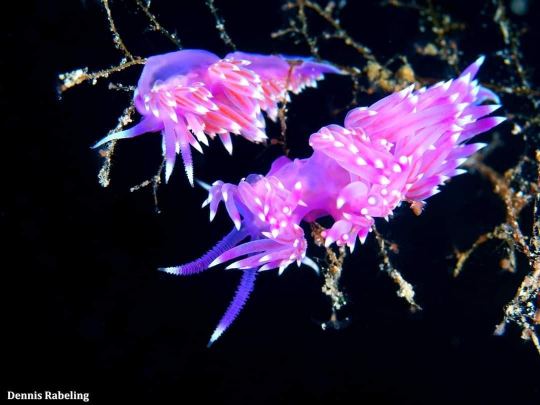
#eurodiversworldwide#eurodiverslanzarote#scuba#diving#sea#ocean#fish#underwater#spain#canaryislands#nudibranch#seaslug
37 notes
·
View notes
Text
You ever did a night dive with us here? 🌠 One of the common encounters at the night is the Bandtooth conger (Ariosoma balearicum). When it gets startled, it goes backwards with its tail into the sand. Normally, in the daytime, it is also under the sand.

10 notes
·
View notes
Text
There has been a lot of discussion about this little seahare. What I understand: it looks like the Aplysia parvula. But tests made in the Mediterranean show that there they are all Aplysia punctata. Tests in the Azores showed there was maybe a hybrid. The A. Parvula is restricted to the western Atlantic. For now, we can only guess until more tests are done. But one thing is for sure, it is a cute and pretty seahare. 🐌

#eurodiversworldwide#eurodiverslanzarote#scuba#diving#sea#ocean#fish#underwater#spain#lanzarote#seahare#seaslug
17 notes
·
View notes
Text
Who doesn't love blennies? 🤩
In the Canary Islands there are 2 Parablennius species that look very similar. The Parablennies pilicornis and in the photo the Parablennius goreensis. The last one spread pretty fast around the Canary Islands and is relatively new here.
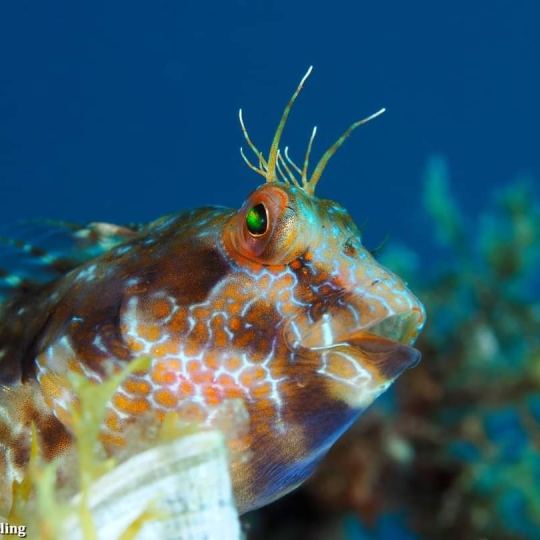
#eurodiversworldwide#eurodiverslanzarote#scuba#diving#sea#ocean#fish#underwater#spain#lanzarote#blenny
12 notes
·
View notes
Text
How a simple algae (Acetabularia acetabulum) can be so beautiful. ☂️ Sometimes you just have to enjoy the simple things. Diving at Lanzarote is simply amazing.
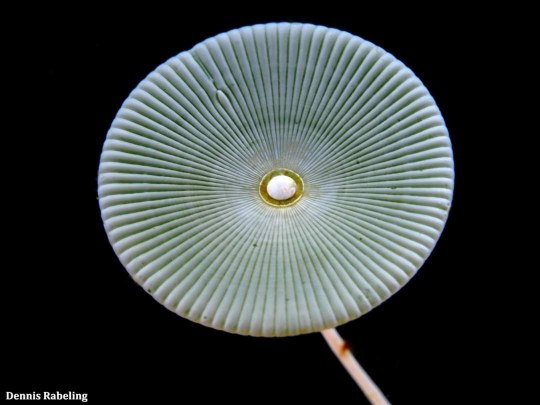
#eurodiverslanzarote#eurodiversworldwide#scuba#diving#sea#ocean#fish#underwater#spain#lanzarote#umbrella#algae
10 notes
·
View notes
Text
Well hello there. 😶 This seahare (Stylocheilus polyomma) species can normally be found in night dives in between the algae beds. Certain periods we can find many of them and sometimes we don't find them for a long time.

#eurodiverslanzarote#eurodiversworldwide#scuba#diving#sea#ocean#fish#underwater#spain#lanzarote#nudibranch#seahare
57 notes
·
View notes
Text
How a simple algae (Acetabularia acetabulum) can be so beautiful. ☂️ Sometimes you just have to enjoy the simple things. Diving at Lanzarote is simply amazing.
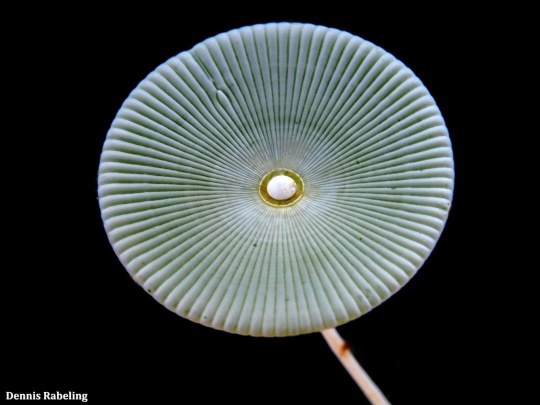
#eurodiversworldwide#eurodiverslanzarote#scuba#diving#sea#ocean#fish#underwater#spain#lanzarote#algae#umbrella
2 notes
·
View notes